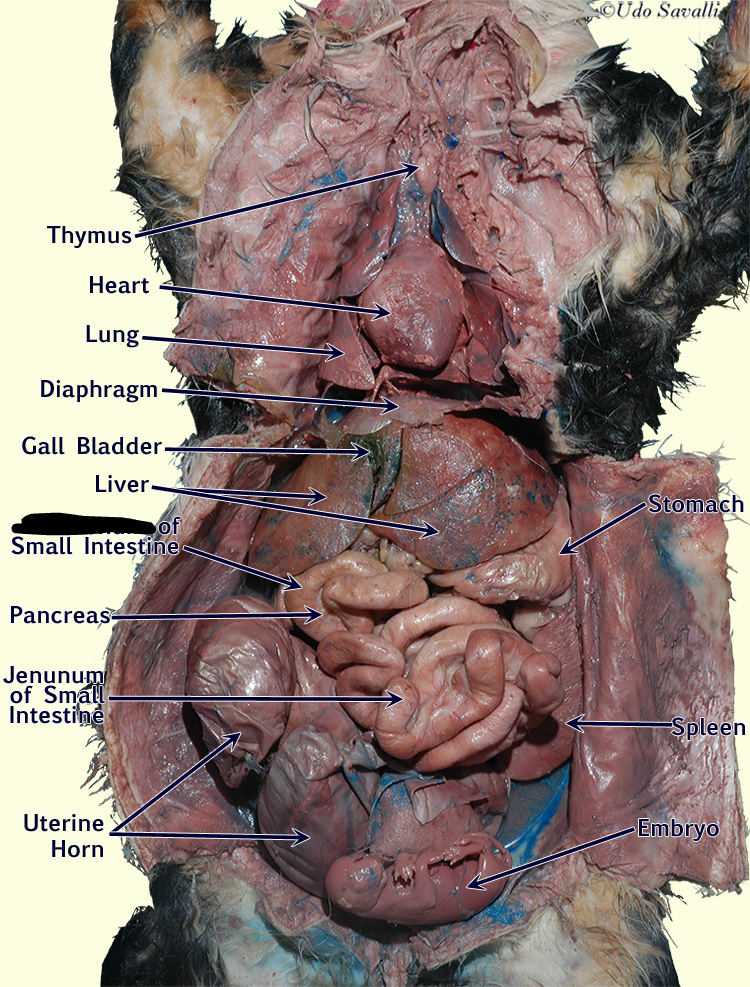Anatomy Cat Dissection Final
1/79
There's no tags or description
Looks like no tags are added yet.
Name | Mastery | Learn | Test | Matching | Spaced |
|---|
No study sessions yet.
80 Terms
sternohyoid
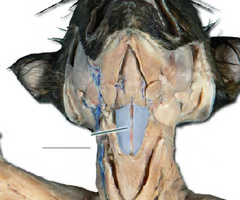
clavobrachialis
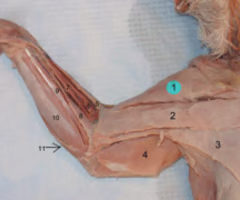
pectoantebrachialis
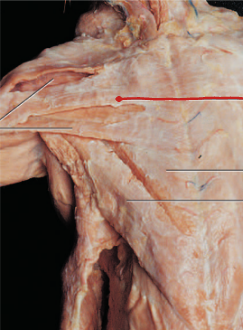
Pectoralis major
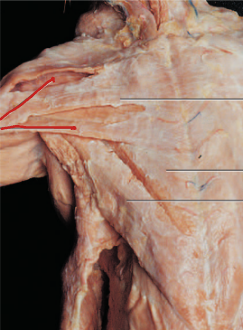
Pectoralis minor
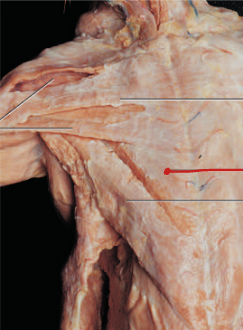
Xiphihumeralis
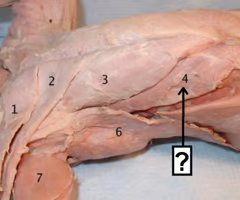
Anterior serratus
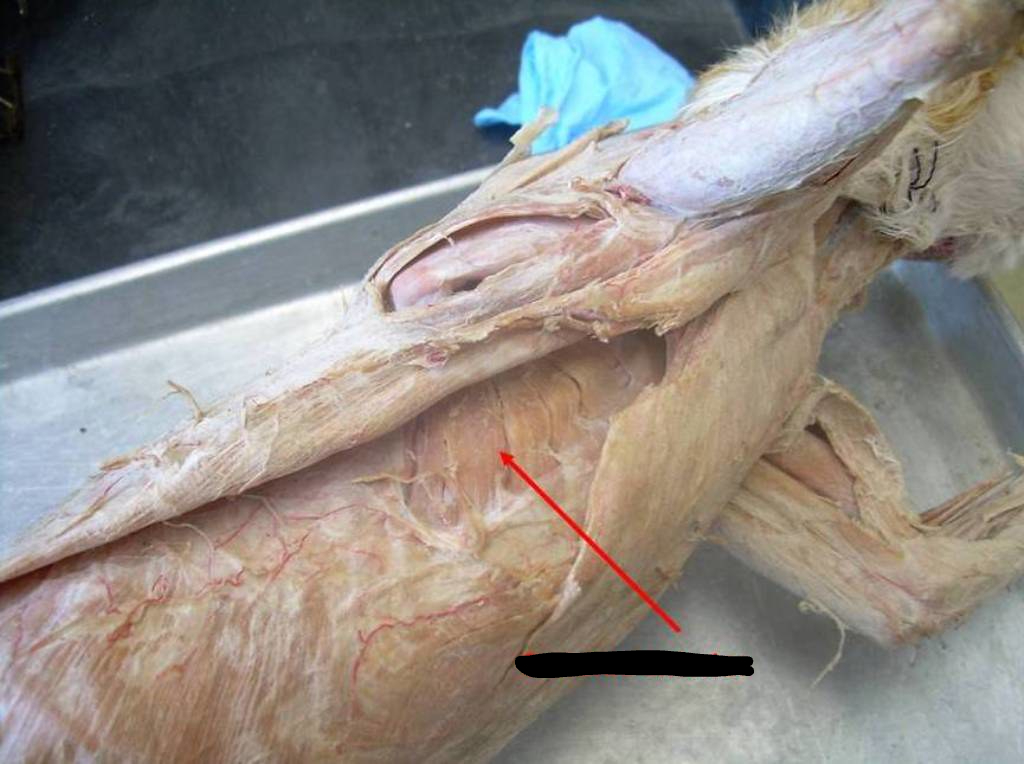
sartorius
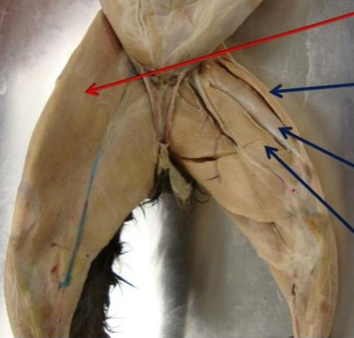
Gracilis
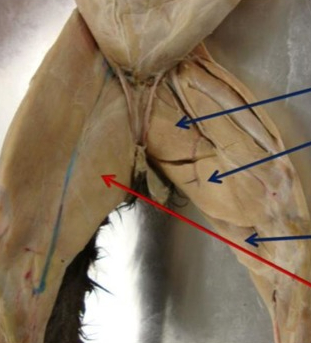
Tibialis anterior
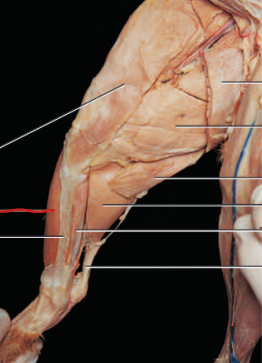
Gastrocnemius
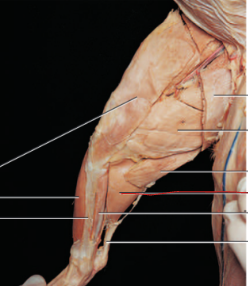
Achilles tendon
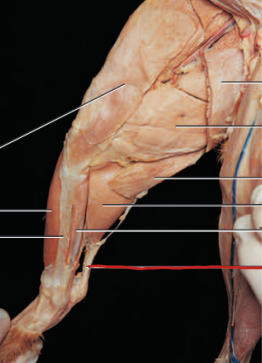
Vastus lateralis
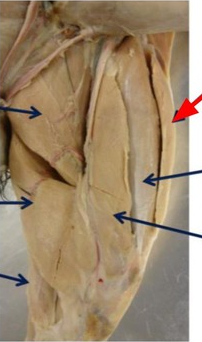
Rectus femoris
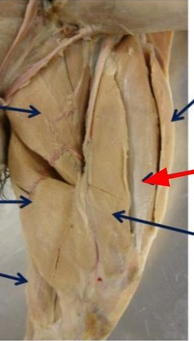
Vastus medialis
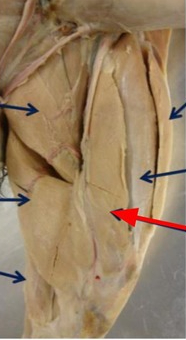
latissimus dorsi
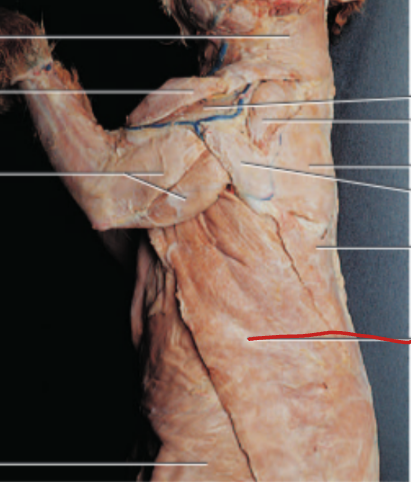
Abductor femoris
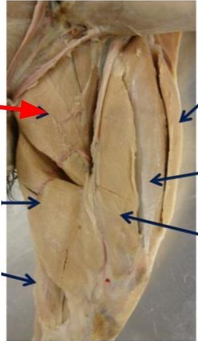
Semimembranosus
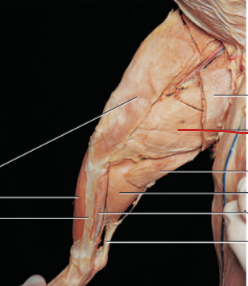
Semitendinosus
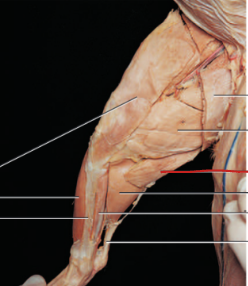
Intercostal muscles
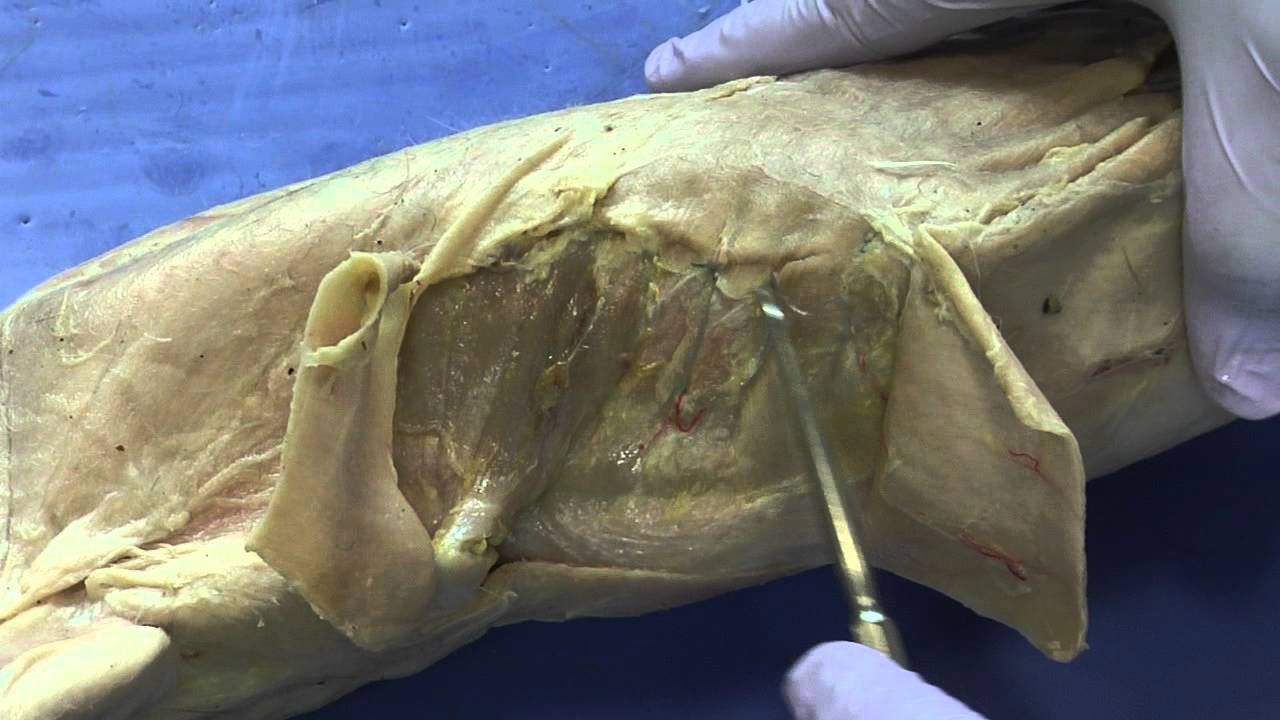
Pericardial sac
Protects heart from damage and holds it in place
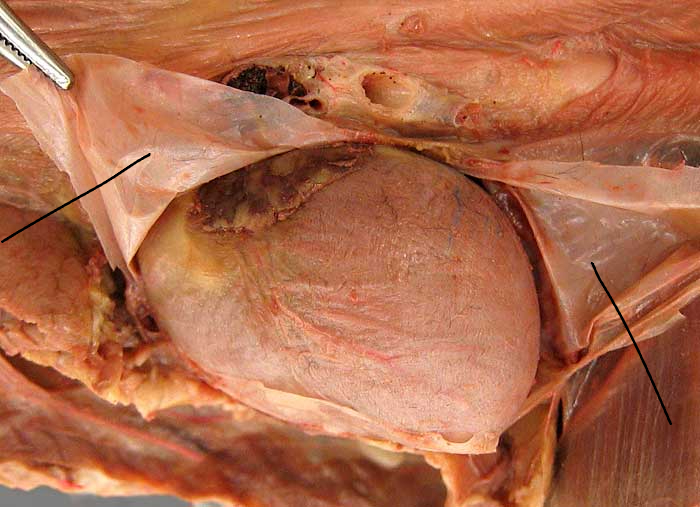
Heart
Pumps blood throughout the body
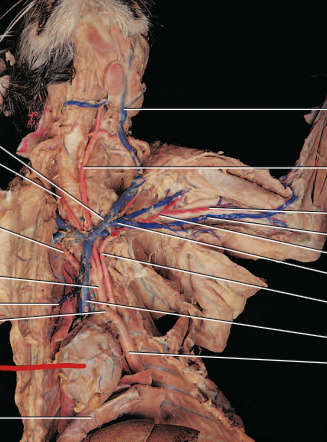
Coronary artery and vein
provides or drains blood to/from heart muscle
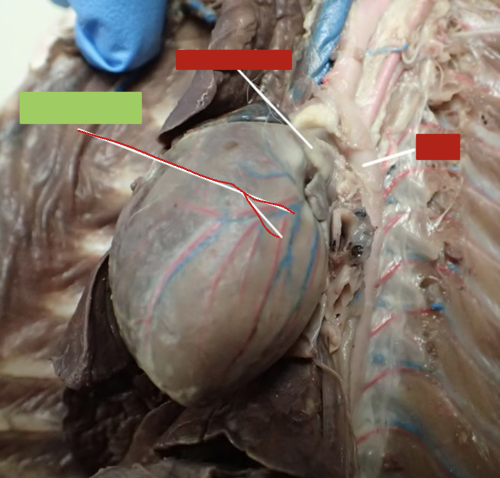
Greater mesenteric artery
carries oxygenated blood and nutrients to the small intestines
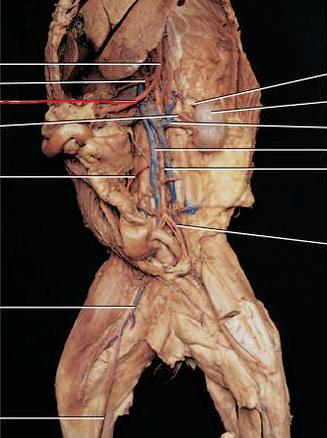
Femoral artery and vein
provides or drains blood to/from lower limbs
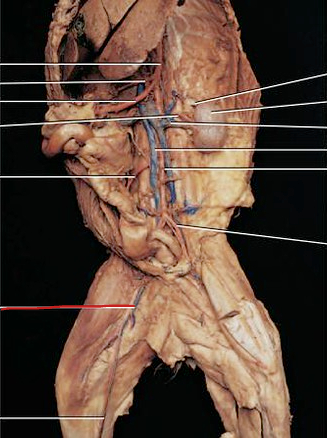
Pulmonary vein (pink)
carries oxygenated blood from the lungs to heart
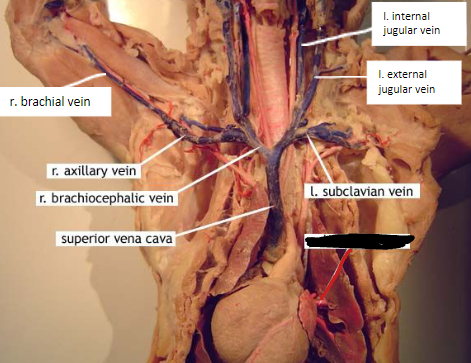
Aortic arch
carries oxygenated blood to the head, neck and upper extremities
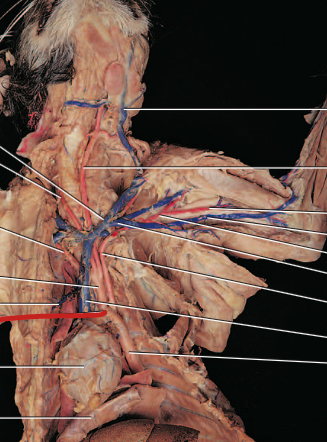
Aorta
carries oxygenated blood from heart to the rest of the body
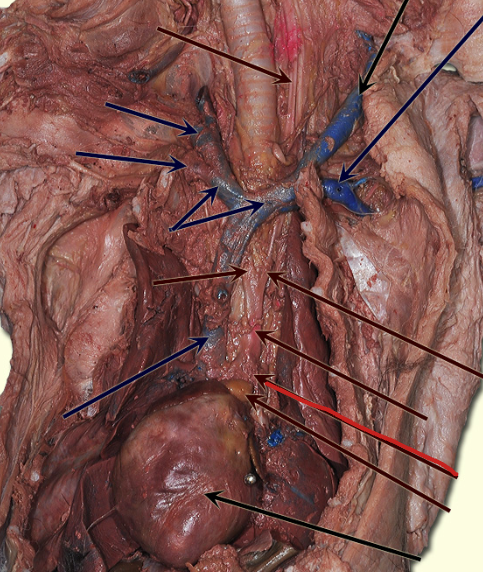
Common carotid artery
carries oxygenated blood to the head and neck, including the brain
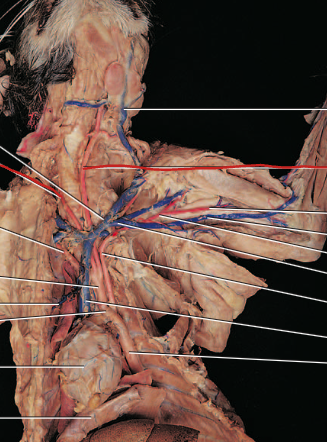
External jugular vein
drains deoxygenated blood from superficial parts of the head and face
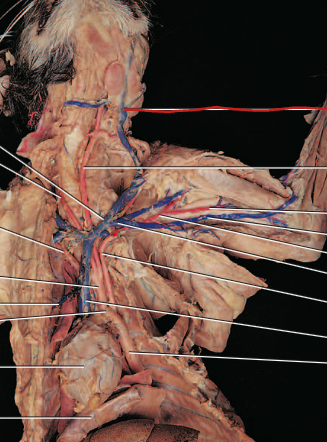
Superior vena cava
drains deoxygenated blood from the upper body
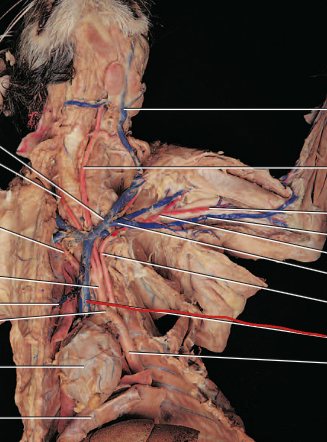
Inferior vena cava
drains deoxygenated blood from the lower body
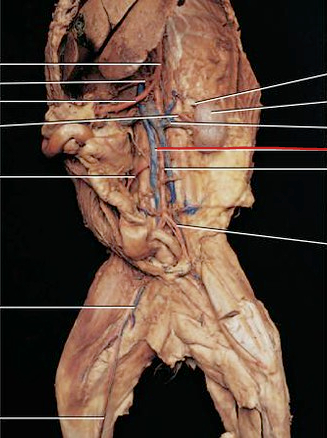
brachiocephalic artery
Carries oxygenated blood to the upper right side of the body
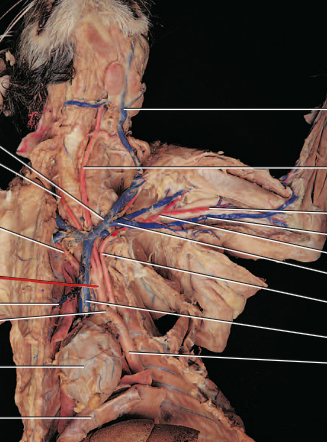
brachiocephalic vein
drains deoxygenated blood from the head, neck, and arms
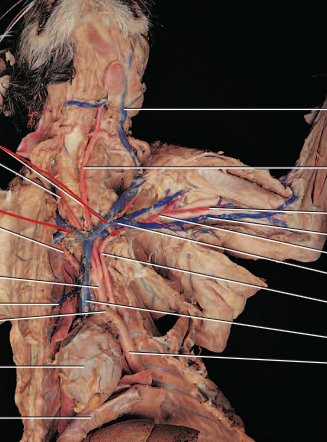
renal artery (left)
Carries oxygenated blood from aorta to kidneys
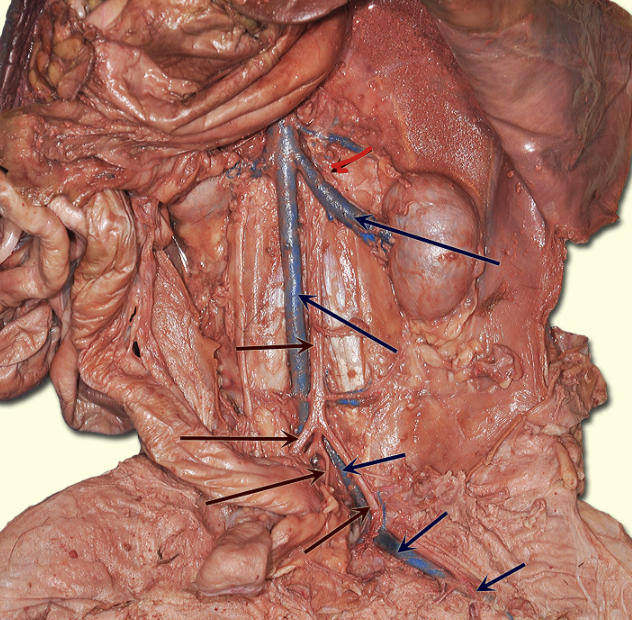
renal vein (left)
Carries deoxygenated blood from kidney to inferior vena cava
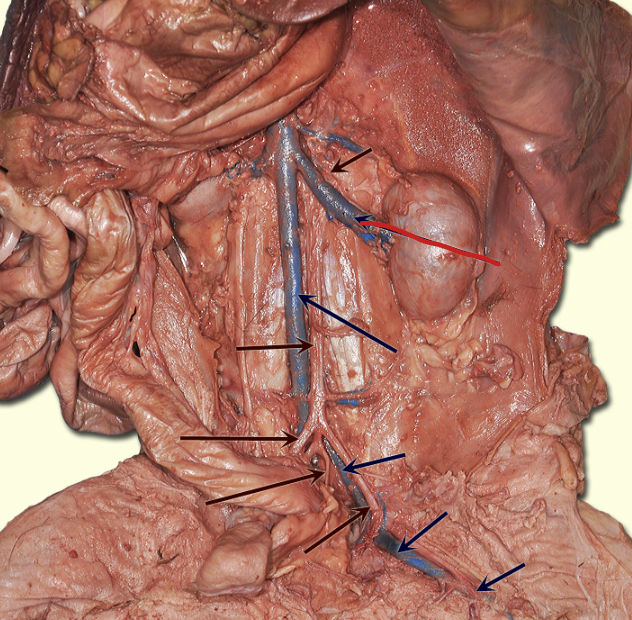
mesenteric artery and vein
provides oxy blood and nutrients or drains blood to/from intestines
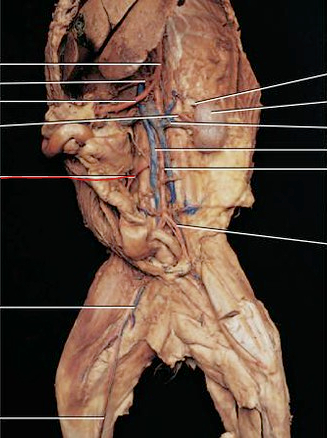
external iliac artery and vein
provides or drains blood to/from lower body
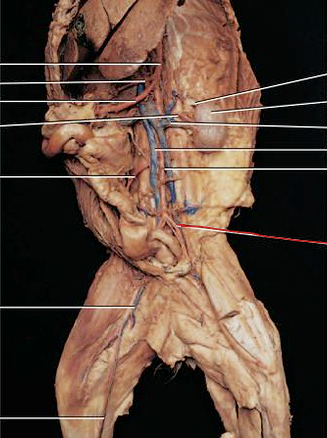
intercostal arteries and veins
provides or drains blood to/from intercostal spaces
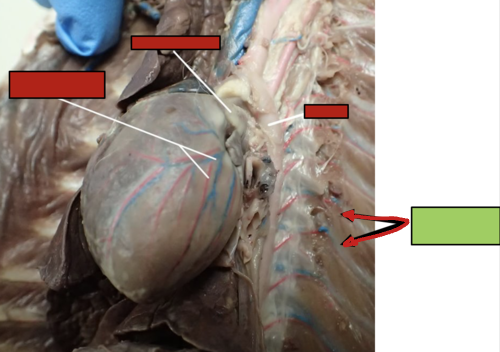
brachial vein
Drains deoxygenated blood from the arm and forearm
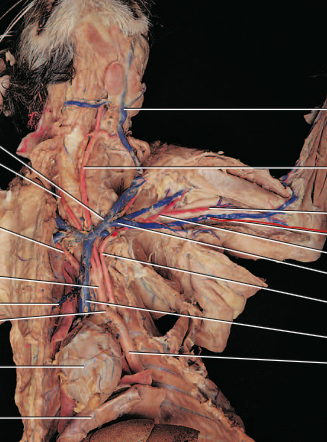
great saphenous artery and vein
provides or drains blood to/from lower legs and feet
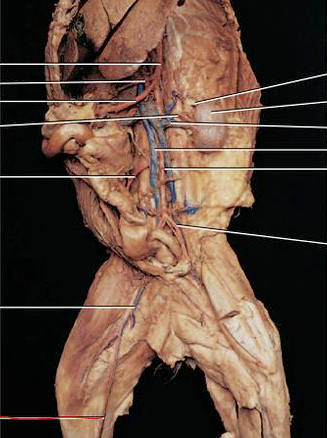
greater omentum
protects and insulates intestines
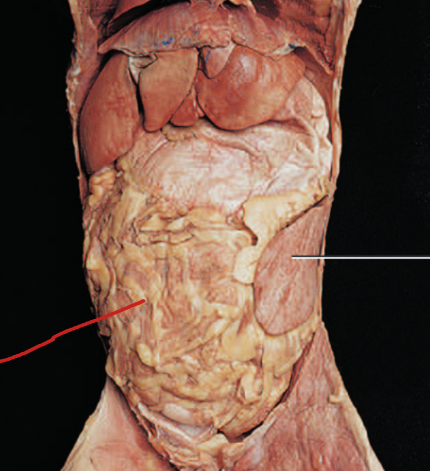
liver
Produces bile
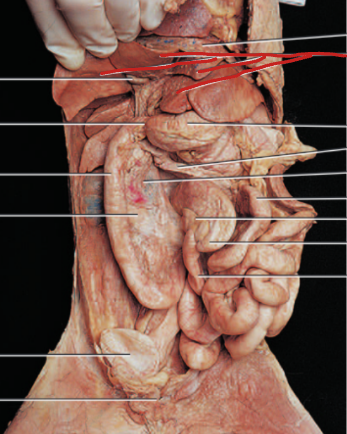
gall bladder
secretes biles
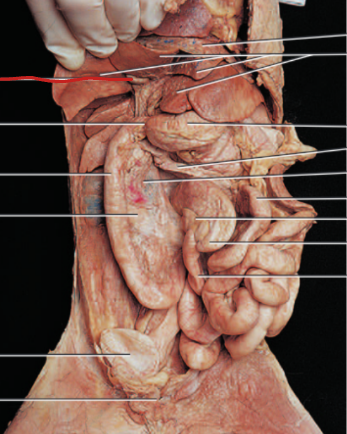
cystic duct
carries bile from gall bladder to intestines
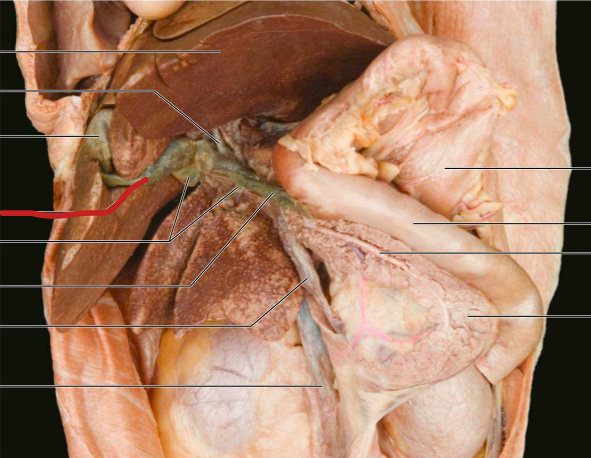
Pancreas
Produces insulin, glucagons, and digestive enzymes
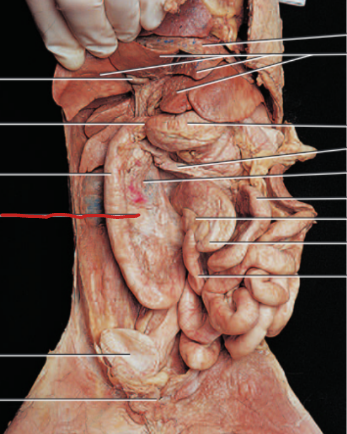
esophagus
carries food from mouth to stomach
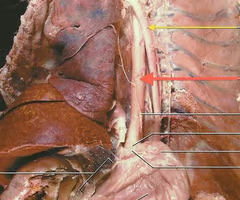
gastroesophageal sphincter
Protects esophagus from acids of the stomach
stomach
churns and stores food
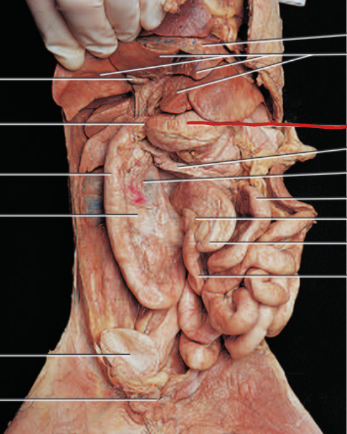
rugae
Allows stomach to expand
pyloric sphincter
Controls passage of food from stomach to small intestine
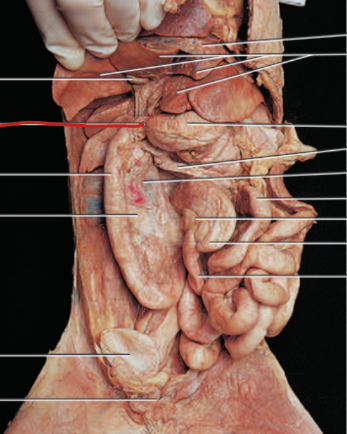
small intestine (duodenum, jejunum, ileum)
absorbs nutrients
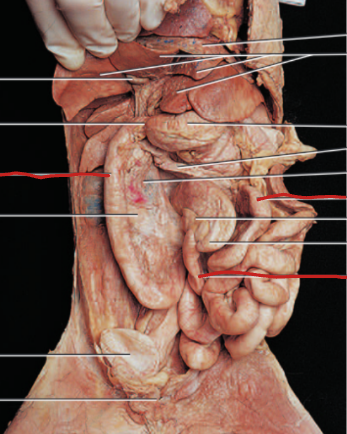
Mesentery
holds intestines together
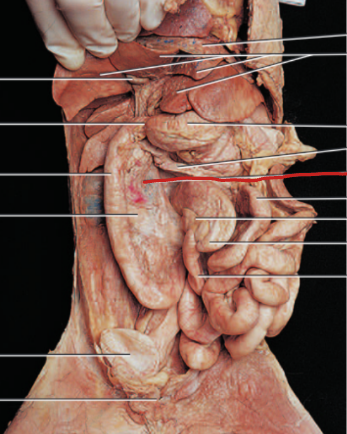
Rectum
Collects and stores feces
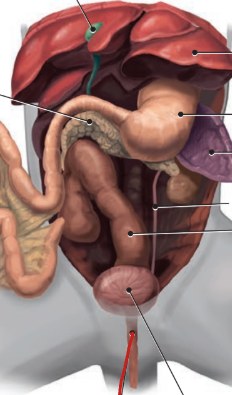
Brachial plexus
controls movement and sensation in arm, shoulder and hand
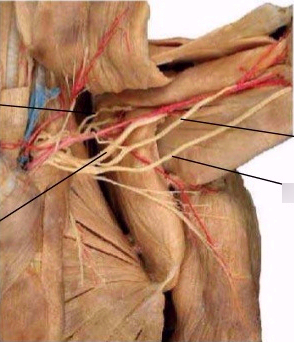
sciatic nerve
controls movement and sensation in lower limb
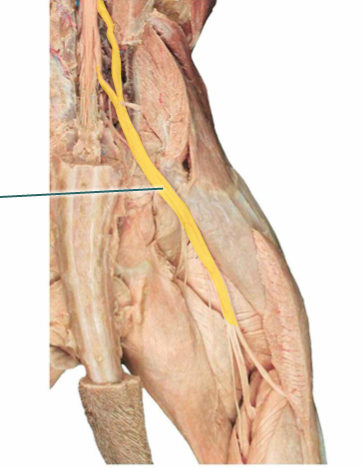
Larynx
protects the vocal cords
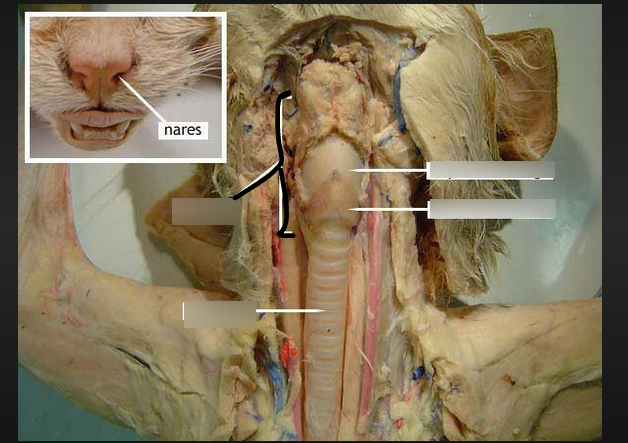
Trachea
carries oxygen from the nasal cavity to lungs
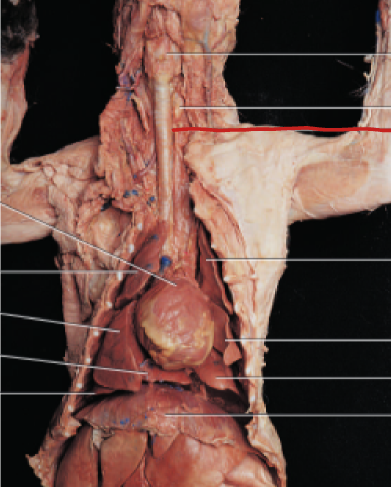
Primary bronchus
Conducts air into the lungs
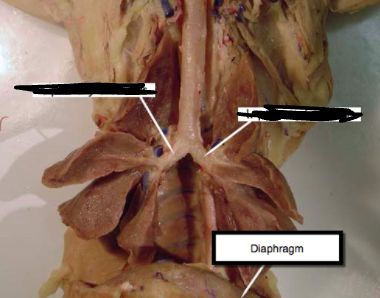
Lungs (superior, middle, inferior lobes)
responsible for gas exchange
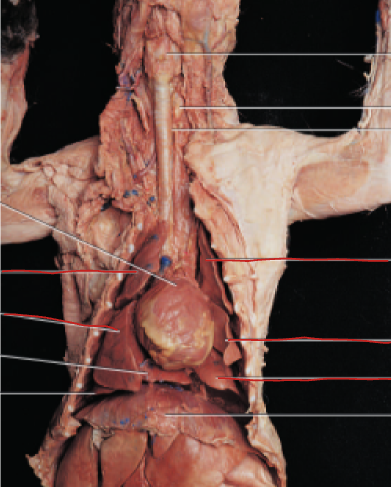
diaphragm
muscle that aids in breathing
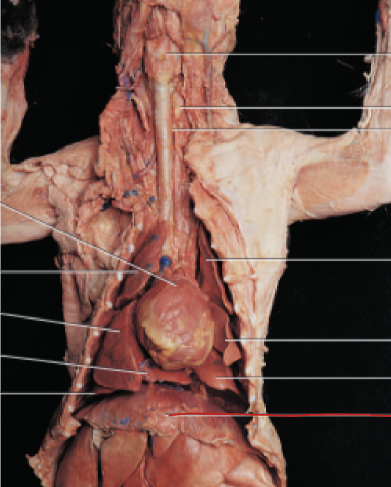
ovary
produces eggs and estrogen
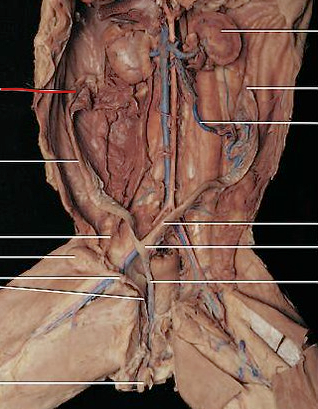
uterine horns (female)
houses the growing fetuses
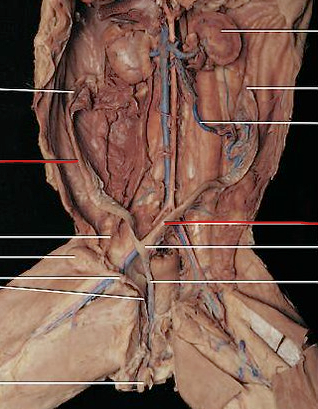
uterus
location for fertilized eggs to develop
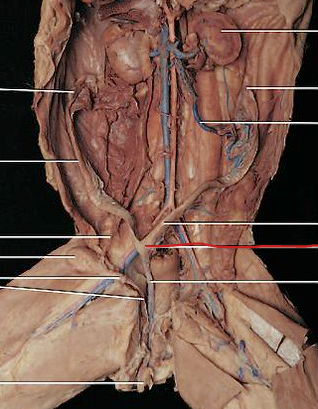
testes
produces sperm and testosterone
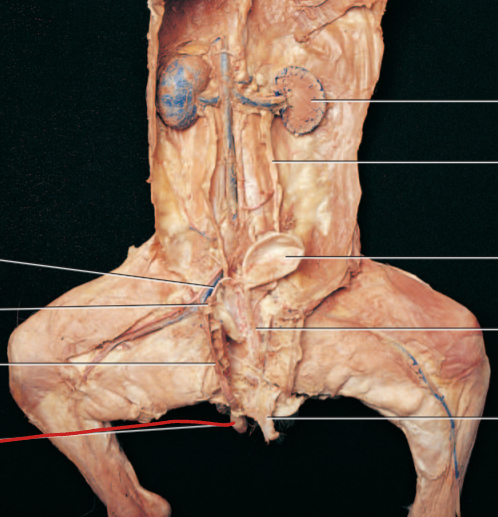
spermatic cord (male)
sperm transport and temperature regulation
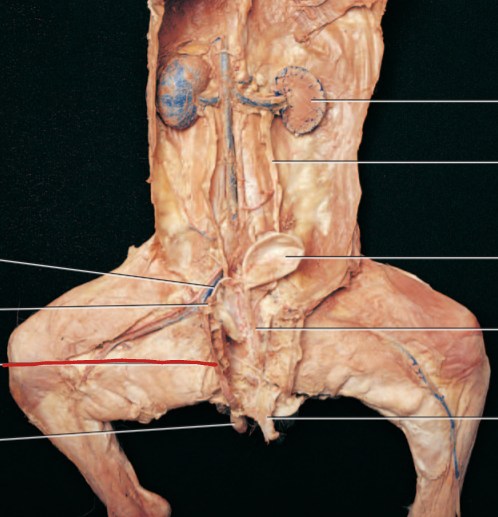
ureter
carries urine from kidneys to urinary bladder
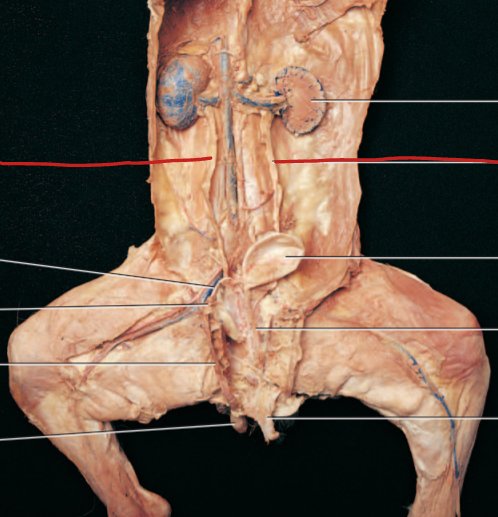
kidney
filters urea and salts from blood
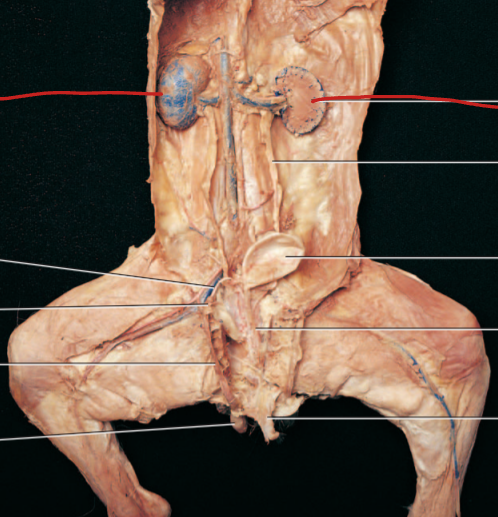
renal fascia
Supports kidneys in their position
renal medulla
regulate concentration of urine by filtering out water, salts, and acids
renal pelvis
Collects urine and passes it to the ureter
urinary bladder
Stores urine
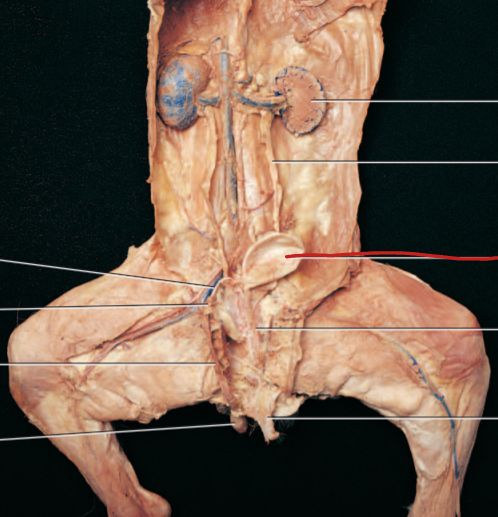
Biceps Brachii
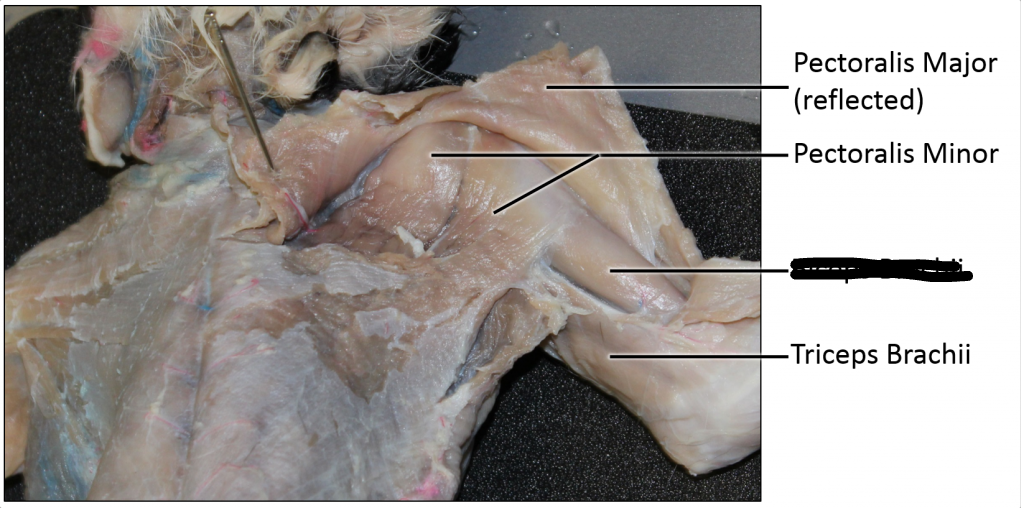
Triceps Brachii
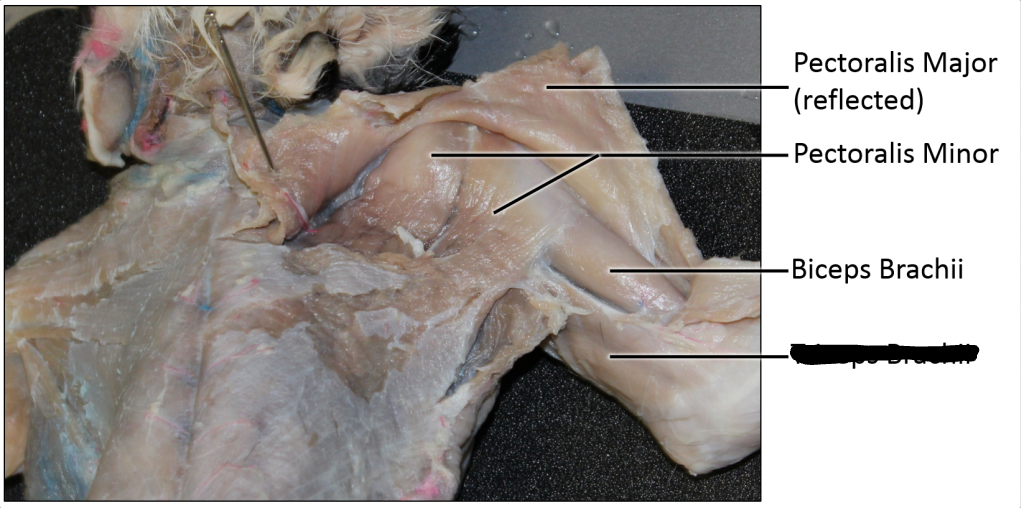
Axillary artery
carries oxygenated blood to upper limb and surrounding areas
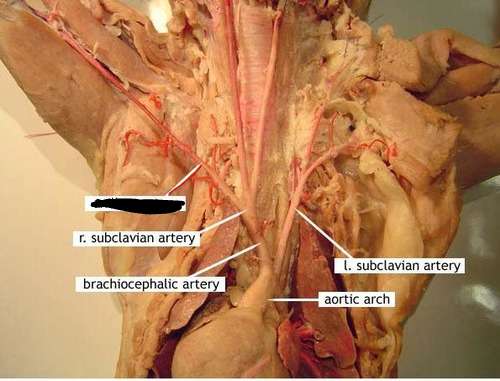
left ventricle
pumps oxygenated blood out to the body
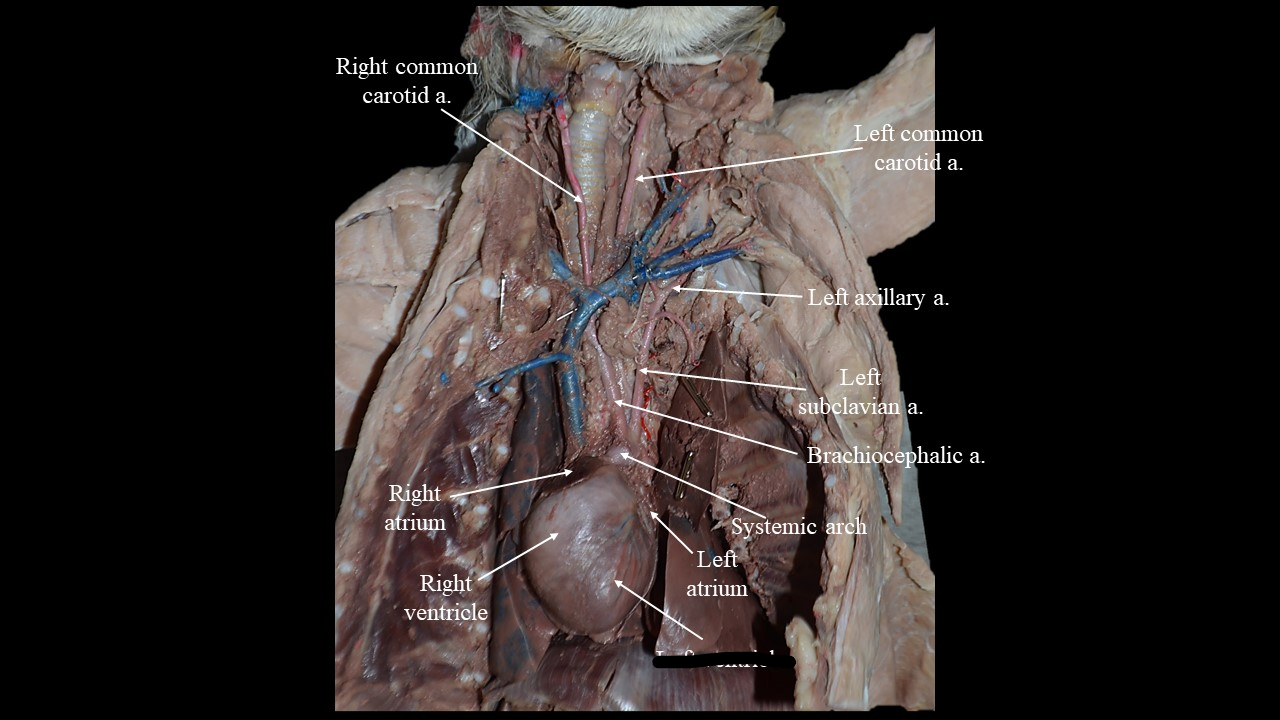
right atrium
receives deoxygenated blood from body and pumps it into right ventricle
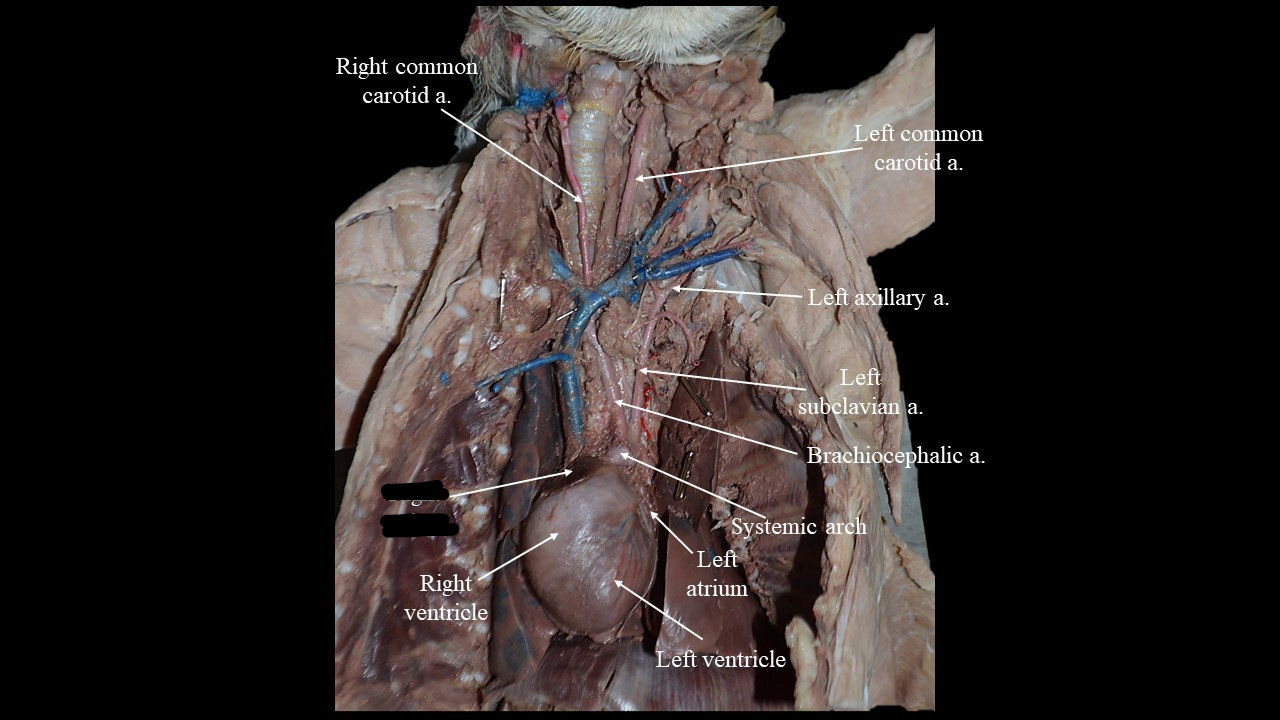
thymus
production and maturation of immune cells
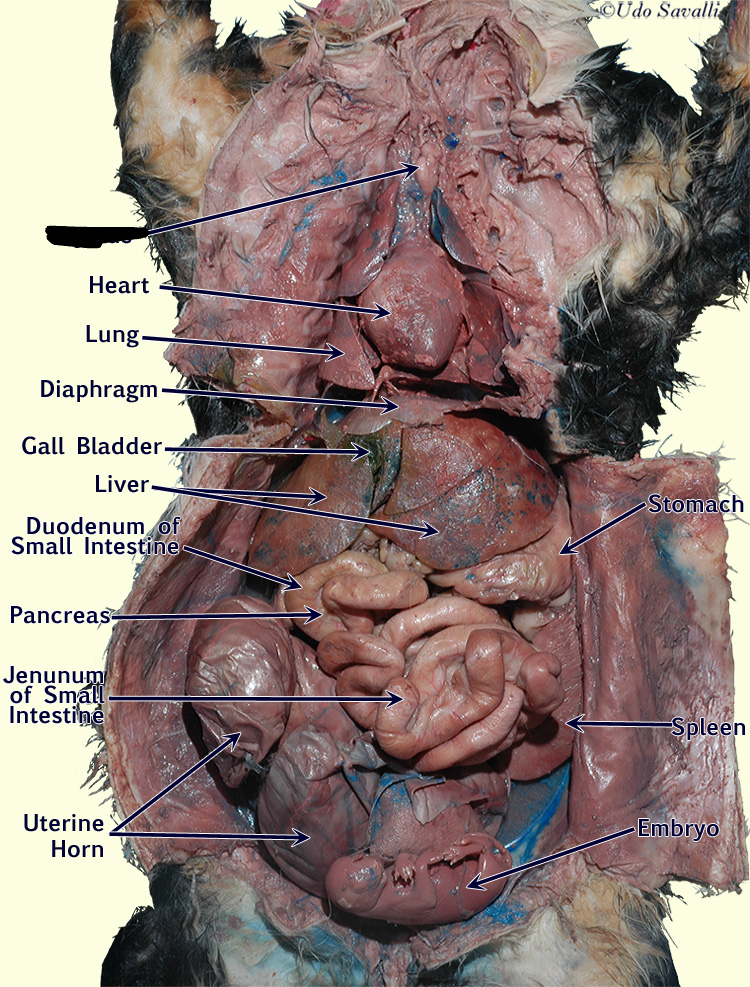
spleen
acts as filter for blood
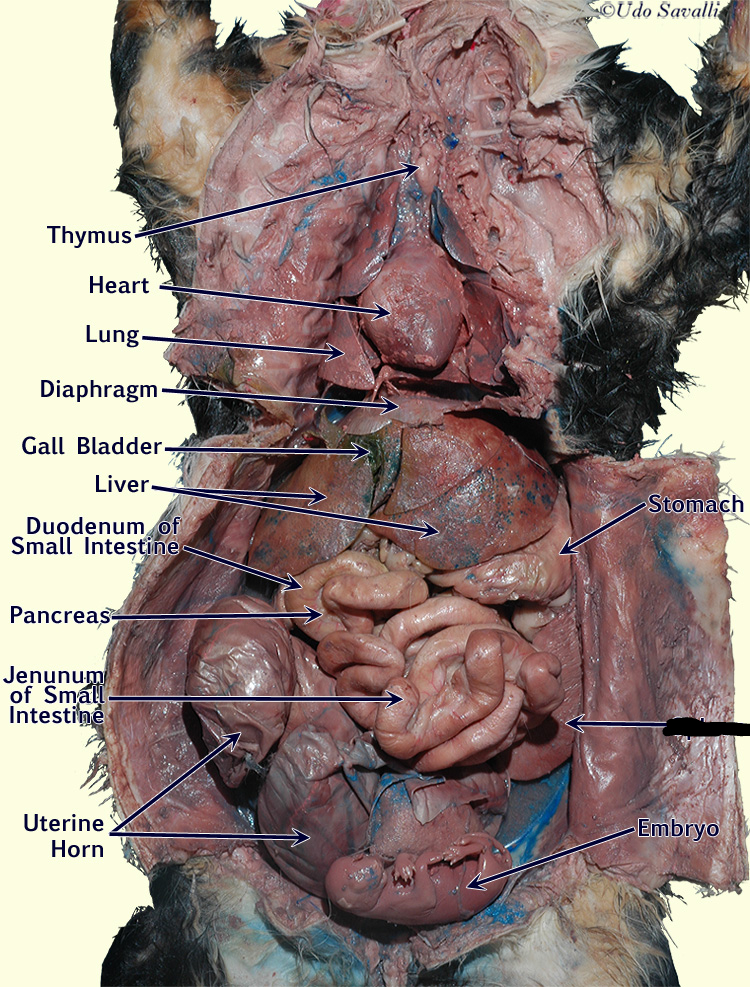
duodenum
aids in digestion and absorption of nutrients
